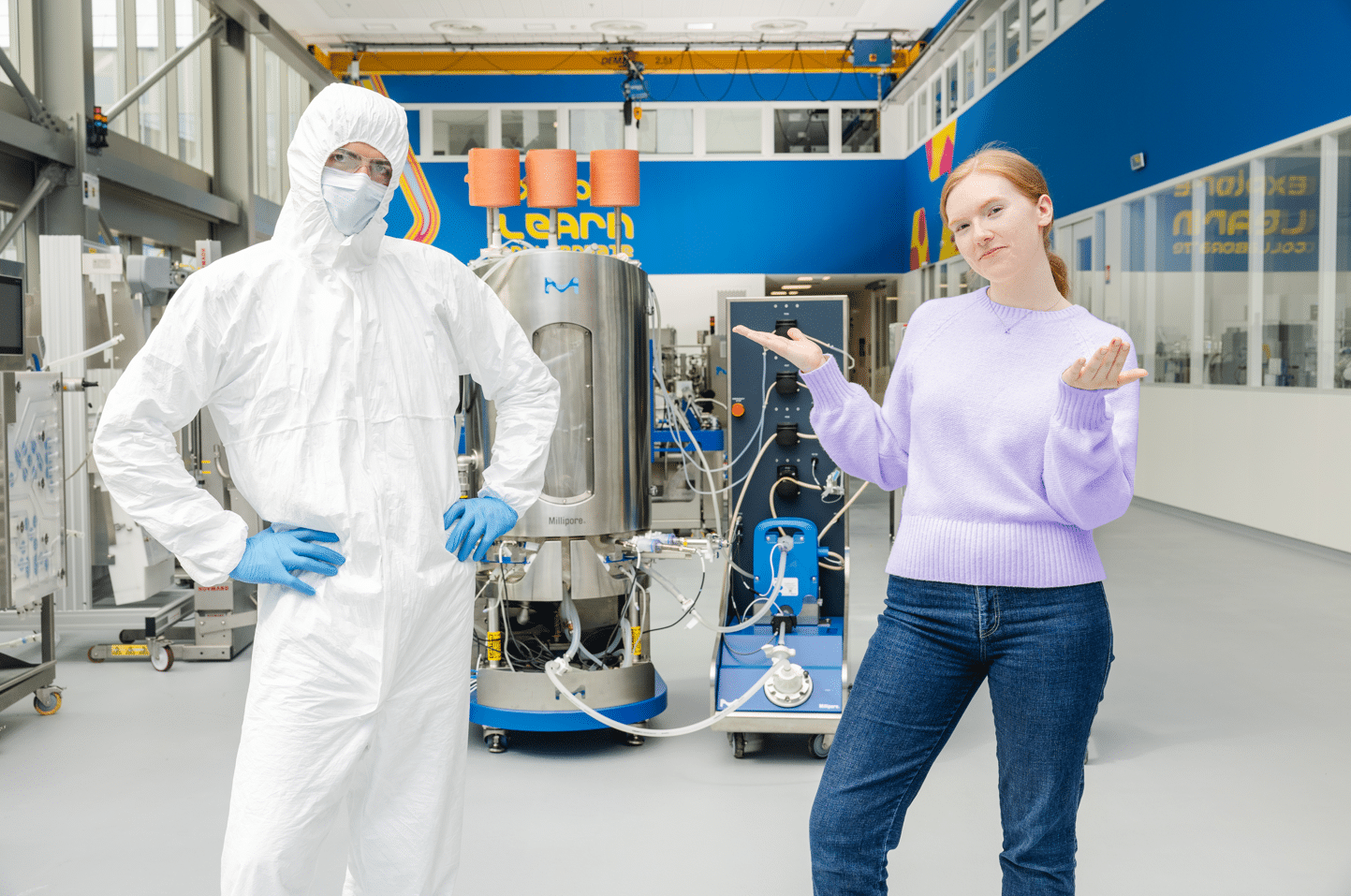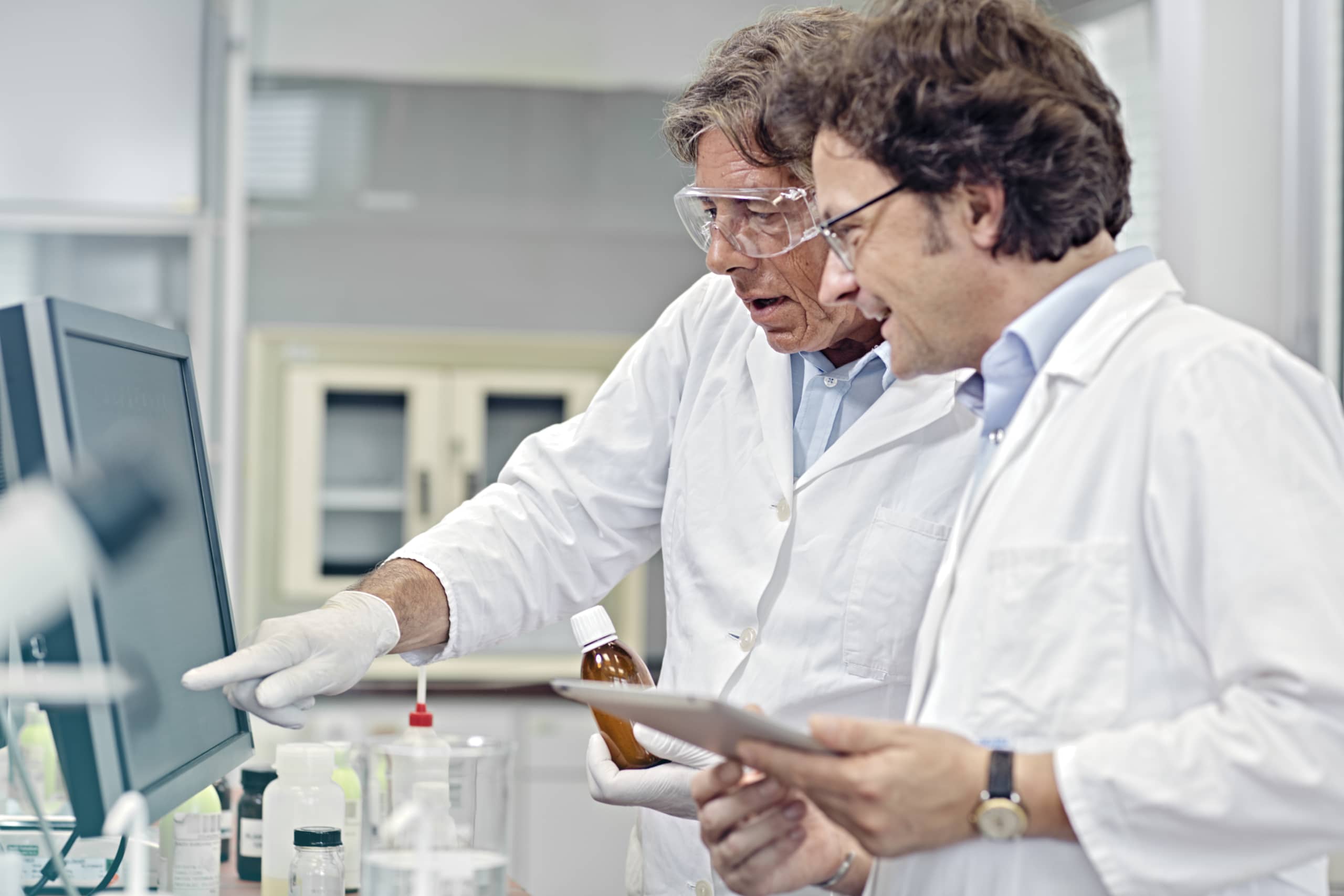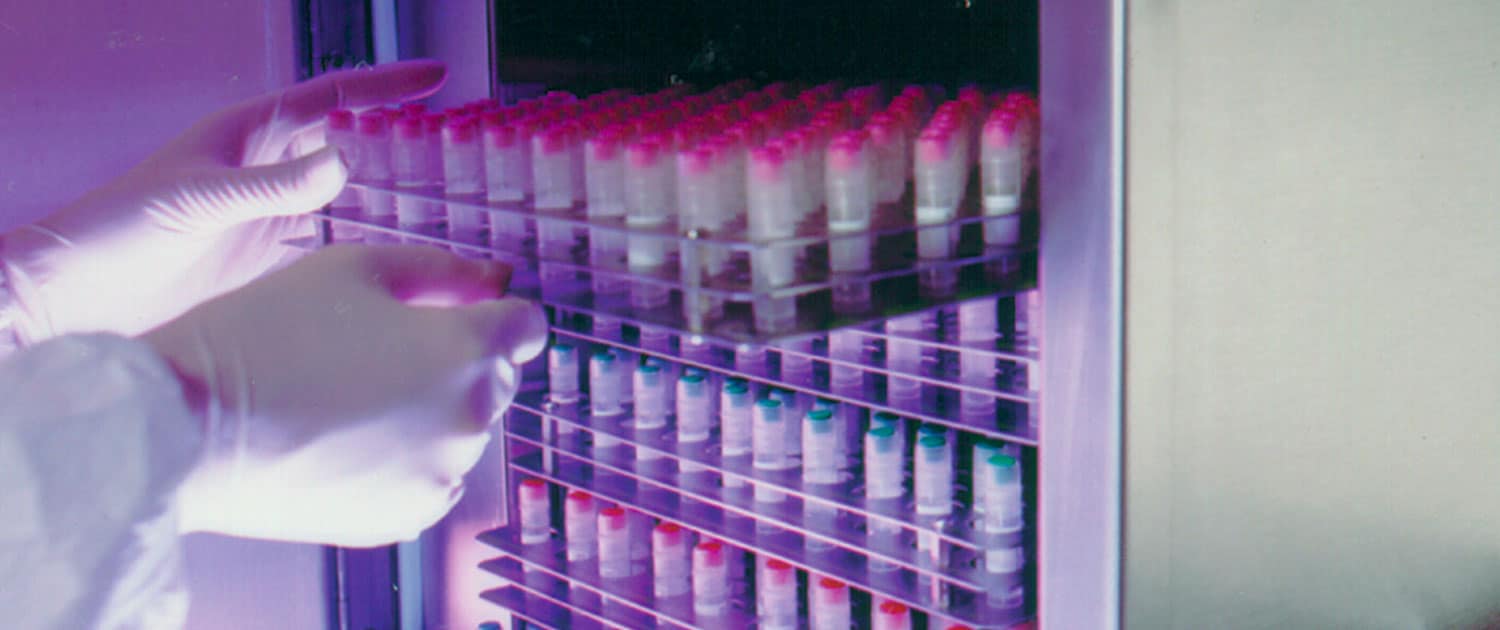| The biopharmaceutical industry trends towards new product classes and smaller batch sizes drives even a greater need for modular facilities and closed processing, especially for product lines that can’t be sterile filtered before being injected into a patient. This advanced approach to facility design and manufacturing delivers an extensive set of benefits including increased flexibility, speed, and quality, along with life-cycle cost savings due to enhanced operational risk mitigation, reduced environmental controls, and operational efficiencies. The advantages of modular facilities and closed processing are particularly appealing given the growing number of therapeutic classes, which is driving the need for multi-product and multi-modal facilities. Facilities of the future will have the ability to manufacture a variety of products across different therapeutic classes to maximize facility and asset utilization. This contrasts with the historical approach of designing a manufacturing plant based on a single product.
The Progression Towards Closed Processing A recent market study conducted by our company indicated a high interest in closed processing across all geographies and job functions surveyed, providing further evidence that the industry is moving in this direction. The main drivers for the adoption of closed processing cited by survey respondents included: · Reducing the risk of contamination by segregating the product from the environment and personnel · Accelerating time to market due to reduced infrastructure requirements · Reducing the manufacturing footprint · Increasing facility flexibility, allowing for multi-modal manufacturing in the same area or module Manufacturers of monoclonal antibodies are progressing towards the new “facility of the future” in which the entire process is run in a closed, connected, and continuous state, in an open ballroom with lower environmental classification. Facilities are gradually implementing this vision with greater degrees of process closure, requiring less costly facility and environmental controls. For novel modalities such as cell and gene therapies, processes are often carried over from pre-clinical work performed using open operations, sometimes due to the inability to close them at bench scale. As such, developers must incorporate process closure techniques as they advance to commercial manufacturing. Cell therapy production also requires technologies to manufacture many small batches, and in some cases, be located close to the patient. As demand for small scale, localized, temporary bioproduction manufacturing close to patients increases, the industry will increasingly rely on closed processing at both the equipment and facility level. Whereas traditional biotech production had scaled “up and in” (i.e., large scale with centralized production) by utilizing large vessels and centralized manufacturing to create economies of scale, cell, gene and other novel therapies must scale “down and out”. These therapies often lend themselves to use of small equipment and processes in identical and repeated installations (i.e., process trains) to achieve scale. The creation of a standard repeatable process-based element (module) is an important step to effectively design and manage these facilities. Modularization must begin with a thorough understanding of the process, equipment, and unit operations involved; this is critical to efficiently scale out operations through the clinical stages of development and eventually into commercial scale operations. For vaccine manufacturing, certain vaccine types (e.g., live virus vaccine) cannot be sterile filtered, so many manufacturers have turned to closed processing as a robust contamination control strategy and risk mitigation solution.
Positioning your Organization for Success To help ensure success in the evolution to a fully closed process, a stepwise approach should be applied, starting with closed unit operations within an existing facility. Closed processing is a logical extension of single-use technologies in which physical barriers separate processing fluid from the external environment. Following modularization of the process, modularization of the facility can ensue. The final and ultimate step is the operation of a new, multi-modal facility with fully closed processes. We recently published an article in collaboration with CRB in which we describe the key benefits of modular facilities and closed processing, and why this manufacturing strategy is becoming an integral tool for the biopharmaceutical industry. In the article, our experts explored key factors that should be considered by drug manufacturers as they advance towards the facility of the future, including: · Product and operator protection · Declassifying spaces · Site agnostic multiproduct manufacturing · Rapid mobilization of small scale, localized, bioproduction · Risk assessments Check out the article for expert insights and guidance on taking the next step towards closed processing and modular facilities. |








